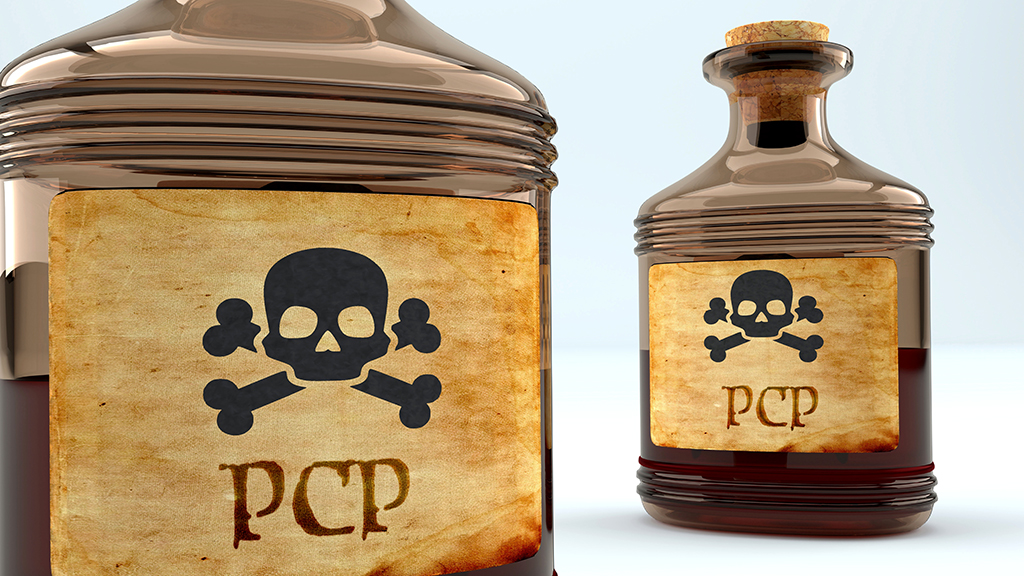Abstract
Cellular metabolism is traditionally taught in undergraduate biochemistry courses through the memorization of complex biochemical pathways. As such, many students find it difficult to relate the subject to current research in biology and in medicine. In an effort to build student interest in learning about metabolic pathways, we developed a case study that asks students to apply course topics to a current metabolic engineering challenge. The α-proteobacterium Sphingobium chlorophenolicum has evolved to break down the toxic environmental pollutant pentachlorophenol (PCP), albeit at a relatively slow rate. This case study uses a jigsaw activity in which students are presented with a variety of biological data including enzyme kinetics, phylogenetic alignment, metabolomics results, and bacterial growth curves. They are then challenged to devise strategies for engineering a bacterial strain with improved rates of PCP degradation. The case is ideally suited for upper-level undergraduate courses in biochemistry, cell biology, or biotechnology, and is designed to improve students’ abilities to interpret experimental data, design well-controlled experiments, and communicate findings in a peer-based setting.



